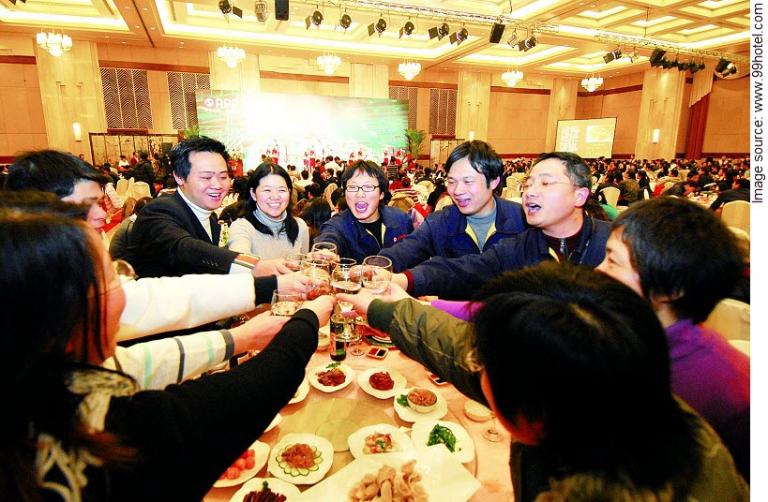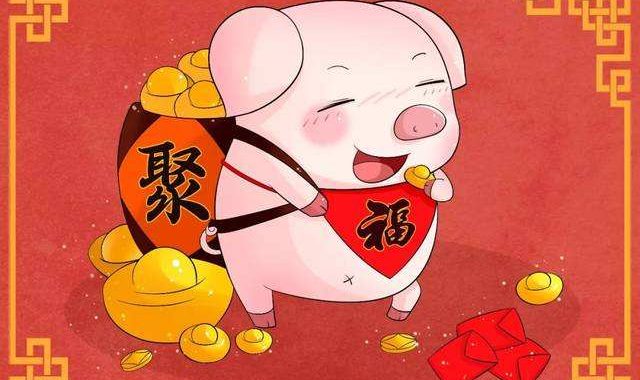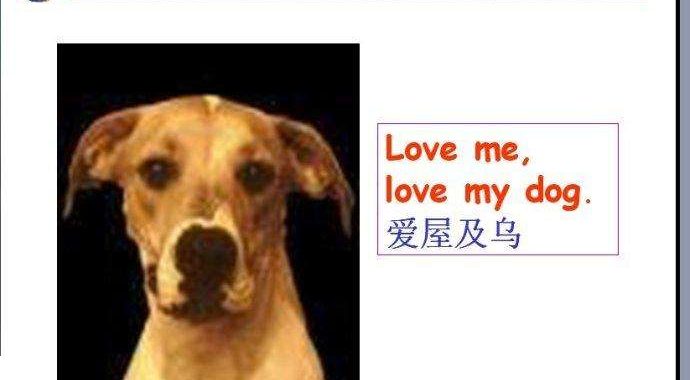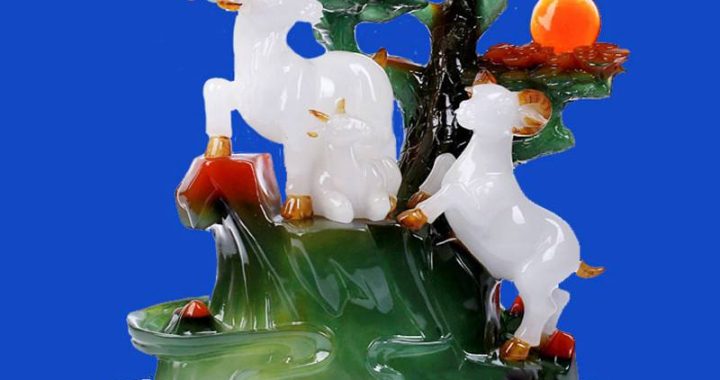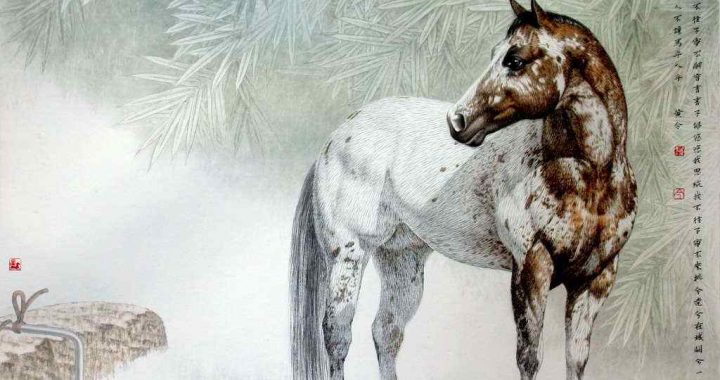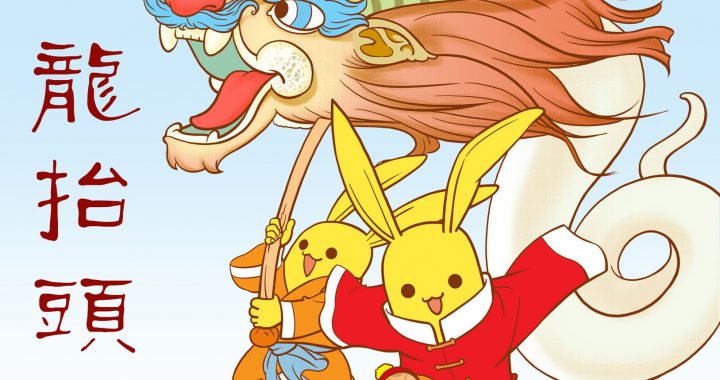Dining Customs in Restaurant
2 min readIfa Chinese dinner has been arranged in a restaurant,the host will usually sit nearest the kitchen or service door.Then he will be in the least-favored position-sitting where the waiter will stand while serving individual portions of food(the waiter’s“mark”being his serving utensils laid on the table). Some hosts, however, seat their most junior guests or family members at this slightly awkward spot so that the host can talk more easily to guests on either side of him. It is also becoming more common for hosts to sit next to foreign guests of honor.
Should you find yourself in one of the “junior”seats on either side of the server’s position, take comfort from the fact that your fellow diners are either even more”important”or older than you and you are honored to be sitting with them, or your host has flattered you by deciding you are one of the least status-conscious guests!
Whatever your table position is, you may be expected to make at least one toast during the meal-to the course which is about to commence, if necessary, when everyone else has used up all socially-acceptable topics of mutual esteem! Every person stands up for a moment, raises his or her glass, and finds out who has the strongest constitution!
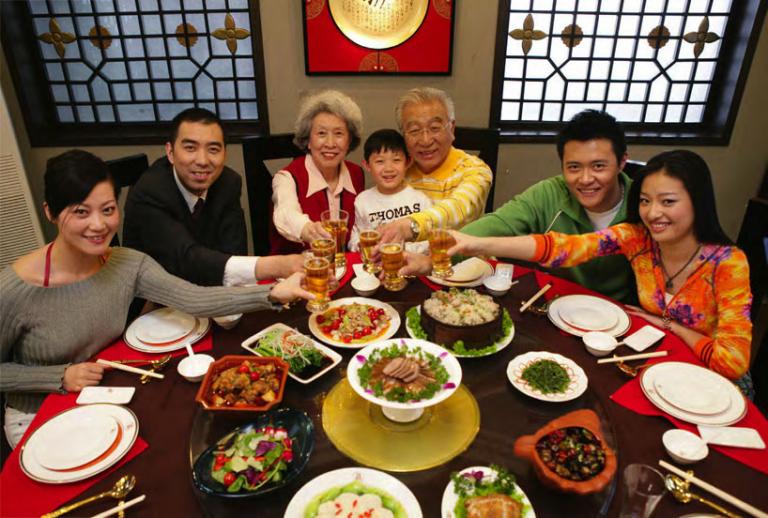
Taking one’s turn is also expected for tea-pouring at smaller gatherings where each guest leans over or rises to fill fellow-diners’ tea cups. The almost surreptitious finger-tapping on the table that greets the pouring service is said to date back to a ploy invented by a Qing Dynasty emperor. Whilemaking an incognito tour of South China, the emperor visited a teahouse.
In order to maintain his cover as an ordinary member of a party of travelers, the emperor took his turn at pouring tea for his companions. They started to acknowledge this astonishing honor by bowing in the usual fashion but the emperor told them they could simply tap the table with three fingers-two of which would represent their prostrate limbs, while the third finger would symbolize their bowed heads. The custom survives in Hong Kong and South China as a silent token of thanks for the gesture. Other, older habits have been known to make some visitors a little uncomfortable when not used to fellow diners slurping their soup, laying discarded bones on the tablecloth, and audibly making a meal of a meal.
The second habit is dying out now that most restaurants provide sideplates for bones but it is still possible to see waiters clearing a table by sweeping everything into the middle of a tablecloth-rice bowls, chopsticks,bones and all-in order to have a vacant table as quickly as possible.
As for meal-time noises,they are considered sounds of culinary appreciation,the slurping of soup also being an acceptable way of cooling it down before it burns the tongue.
